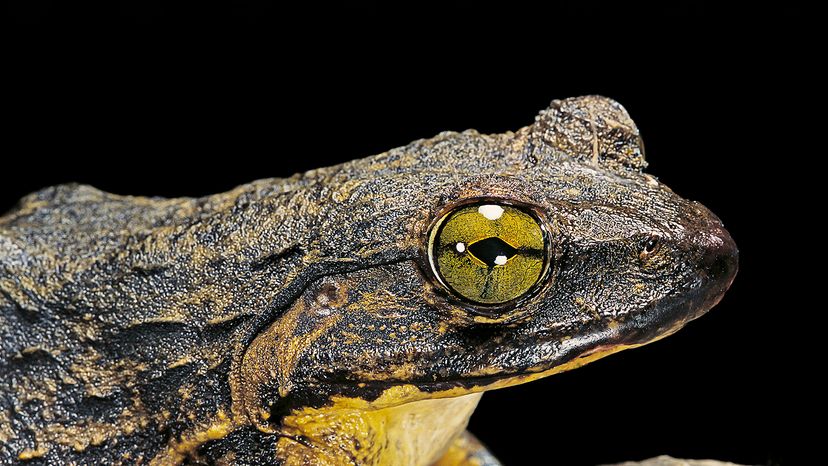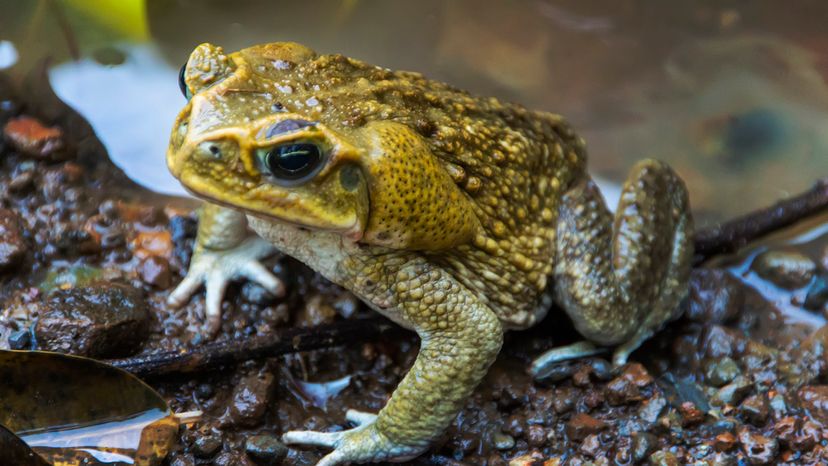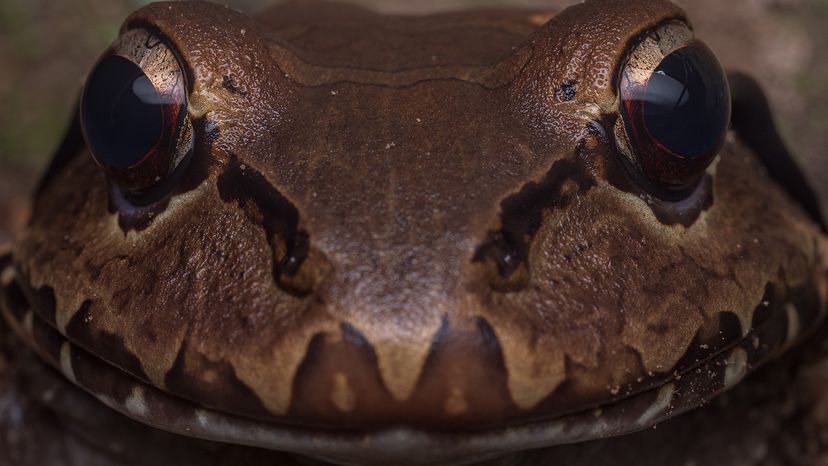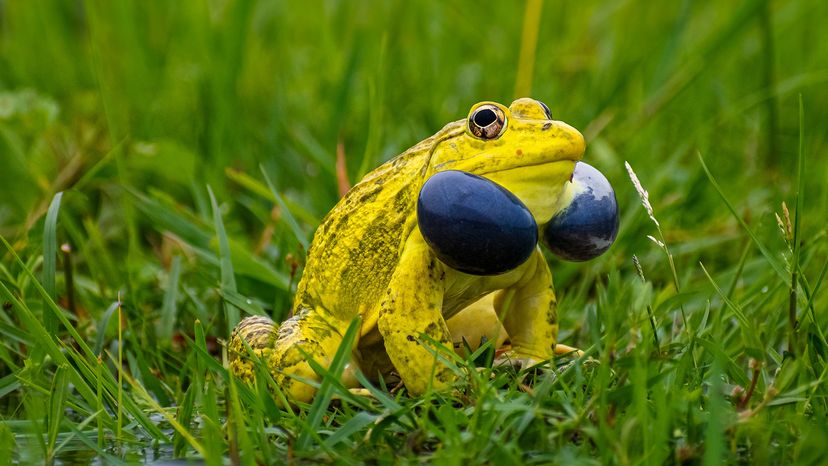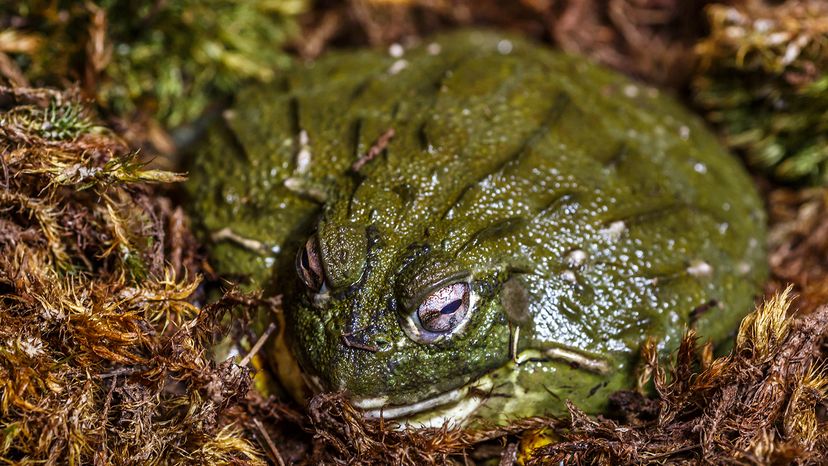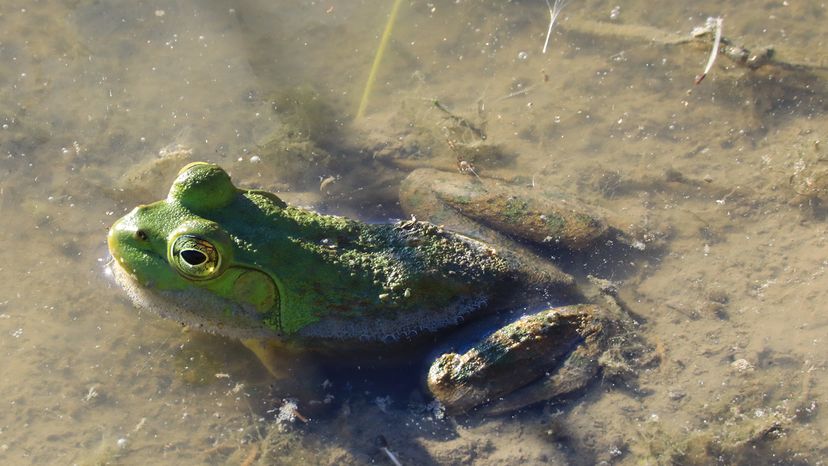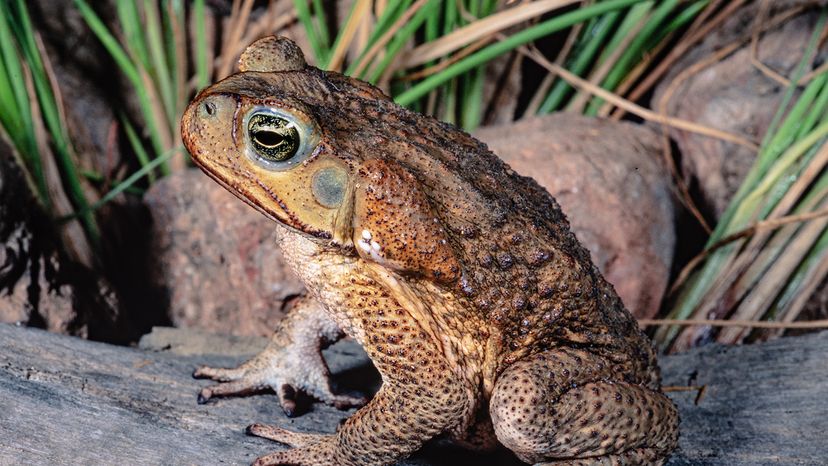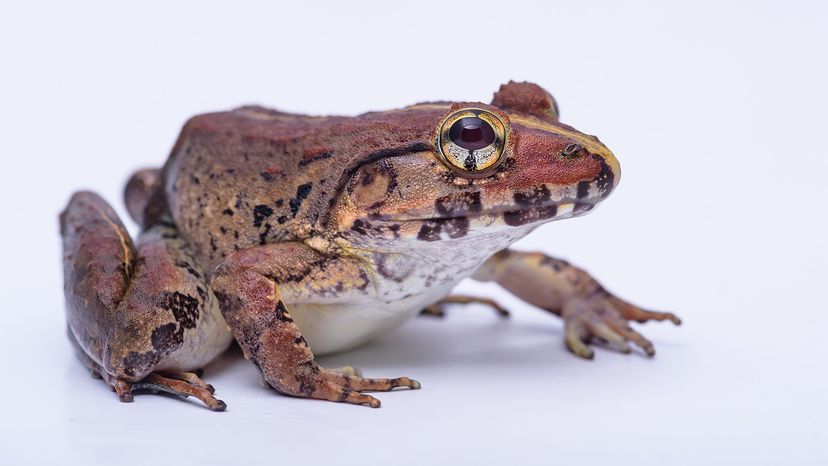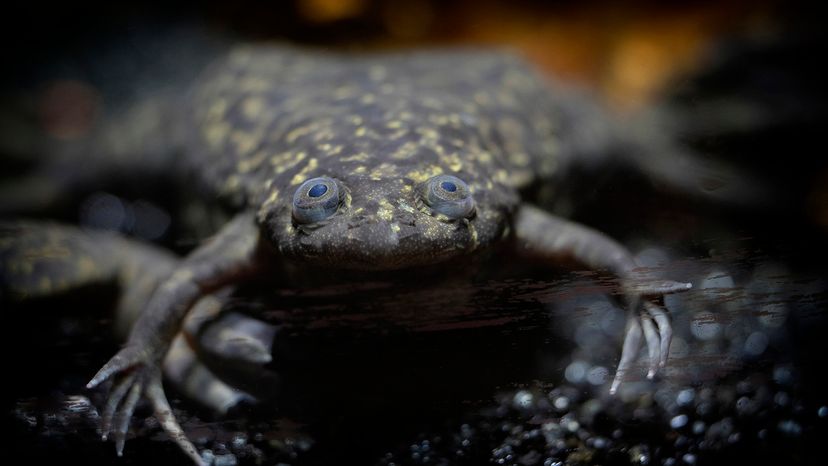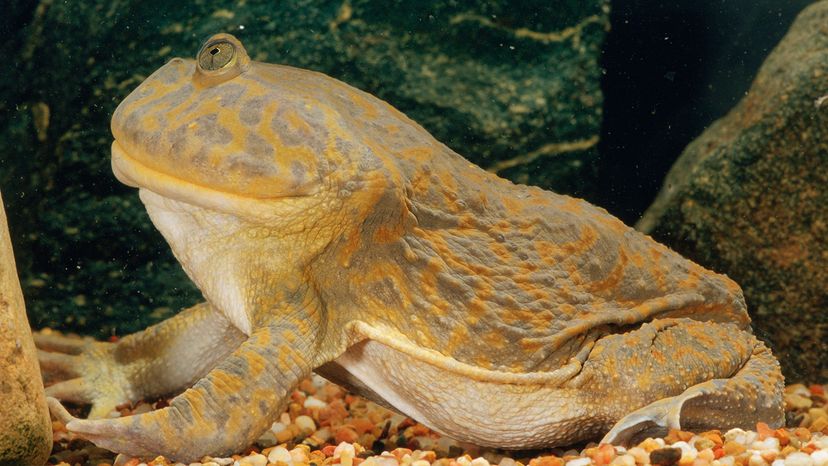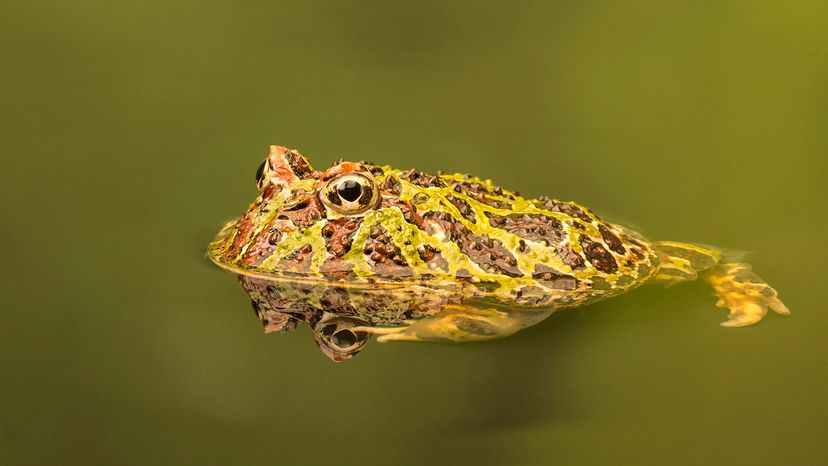
You might think frogs are small, croaky critters, but the biggest frog in the world could surprise you. Some amphibians grow to sizes that rival house pets. In this list, we're leaping into the world of giant frogs, examining the species that top the charts in length and weight.
From Africa to South America and Asia, these are the largest frog species hopping around the planet.
Advertisement
